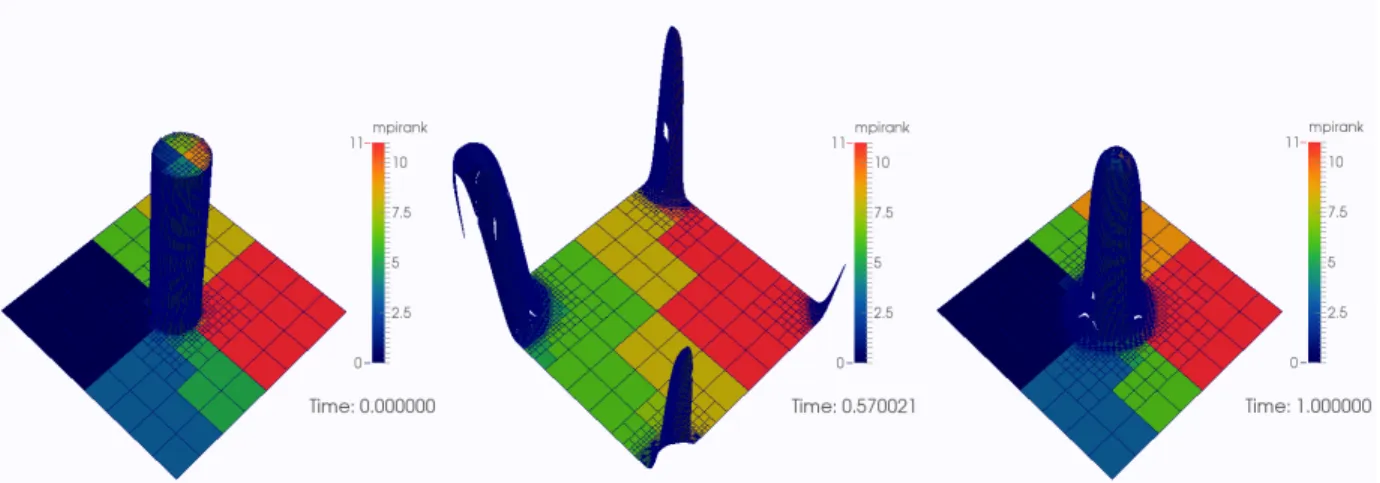Experimenting with the p4est library for AMR simulations of two-phase flows
Texte intégral
Figure




Documents relatifs
Theorem 2.15. The proof of the first identity is obvious and follows directly from the definition of the norm k · k 1,λ.. We start with the first idendity, whose proof is similar to
However, this is no longer true if a non uniform mesh is used, even in the conforming case; indeed, in this latter case, the Vorono¨ı cells V σ (k) are again rectangles, but they
In order to prevent the segmentation of shady areas to the foreground the method (Prati, Mikic, 2003) was used. This method is based on the hypothesis that the most important
Herbin and J-C.Latch´ e, Convergence analysis of a collocated finite volume scheme for the incompressible Navier-Stokes equations on general 2 or 3D meshes, SIAM Journal on
In this paper, we adopt a global (in space) point of view, and aim at obtaining uniform estimates, with respect to initial data and to the blow-up points, which improve the results
The main advantage of the present method should now be clear: building a third-order approximation of the solution even on very distorted meshes only requires to compute two
In Section 4, we prove first- and second-order necessary optimality conditions for the transformed (P), which are then translated into optimality conditions for the time
(1) By looking in detail to the movements of the body segments and their dispersion it appears that large corrective responses are observed only after 200 to 300 ms following the



